

Claire Mera-Nelson, director of music at Arts Council England, is blunt about the Council’s recent decision to partially defund one of England’s largest opera companies. She doesn’t sugar-coat the “immense tragedy for the individuals who would be affected by a change of the magnitude we’re suggesting.” However, the straight-talking former conservatoire boss is steadfast in one belief: “Opera needs a reset. We think there needs to be a fundamental shift in the ecology.”
The decision to defund the ENO came as part of a shock announcement on November 4 that the Arts Council England had decided to shake up its classical music funding, resulting in devastating cuts across the sector.
Glyndebourne is set to lose 51.8% of its previous funding; Welsh National Opera is having its funding slashed by 35.9%; the Royal Opera House is losing 11.7% of its funding; the London Sinfonietta was having its funding slashed by 41%; the London Symphony and the Philharmonia will each lose out by 12%; and the Britten Sinfonia and the Psappha Ensemble will both cease to receive funding.
Arts Council England Chair, Sir Nicholas Serota gushed of the announcement: “As well as continuing our commitment to our many established and renowned cultural organizations, I am deeply proud of the support we will be giving to those new organizations which will help ignite creativity across the country.” The council’s CEO, Darren Henley, proudly declared that: “This investment program is fairer in its distribution, richer in its variety, and more widespread in its reach than ever before.”
The British public don’t seem to share their sentiments.
Indeed, many believe that Arts Council England has shown little sign of “continuing its commitment” to the country’s world-renowned classical music industry through these sweeping funding cuts.
ENO received an outpouring of support from all corners of British public life: actor Hugh Laurie, historian Simon Schama, classicist Mary Beard, comedian Rosie Jones, among others have tweeted to decry the Arts Council’s cuts.
A number of MPs from both sides of the aisle, Harriet Harman, Sir Robert Neill, Dame Margaret Hodge and Dame Caroline Dinenage among them, have slammed the cuts in parliament. Florence Eshalomi, member for Vauxhall and former regional member of the Arts Council, described the cuts as a “real-terms cut to London’s cultural sector” and expressed concerns over the impact of these cuts on arts access for disadvantaged Londoners.
The British media has been just as critical of the decision. In a searing 10 minute rant, radio host James O’Brien branded the cuts an “absolute travesty” for an organization that has “done so much to make opera accessible to people who would never be able to afford it.” The Guardian slammed cuts to the ENO as “devastating,” “heartbreaking,” and “dangerous for the cultural landscape of the country.”
The Evening Standard labelled the decision “carnage for the ENO.” The Times branded the cuts “insane.” Prospect Magazine accused the Arts Council of “harming the organizations it should help.” Even the World Socialist Website decried the “assault on culture” perpetuated by the Arts Council’s strategy.
But some of the most impassioned criticism has (naturally) come from the classical music sector itself.
Composer Thomas Adès labelled the Arts Council “apparatchiks” comparing them to “dictators ‘reimagining’ opera according to their own whims” (“Yes, I am comparing you to Stalin,” Adès clarified). Meanwhile, Dame Sarah Connolly called the defunding of the ENO an “outrage” and a “cynical act of vandalism.” Susan Bullock was yet more blunt: “it’s totally f****d.”
Countless opera companies have released statements in solidarity with those who have lost funding. Notably, the Metropolitan Opera (who has collaborated with English National Opera on a number of productions and whose new Ring Cycle is now under threat because of the cuts) called on Arts Council England to reinstate the organization’s funding.
Meanwhile, Sir Bryn Terfel set up a petition calling for the Arts Council to “fund the ENO to continue their vital contribution to London’s global cultural status.” The petition currently has over 47,000 signatures.
The ENO itself has purportedly experienced a swell in applications to its under-35s program as a result of the announcement as young Londoners flock to the company for affordable to tickets to what may be its final season in the capital.
And, on Monday, November 14, a group of protesters, including members of Equity, the Musicians’ Union, BECTU, and the Independent Society of Musicians, marched on the Arts Council’s London office to demand that the funding cuts be reversed. A second demonstration took place on Tuesday, November 22nd.
The Arts Council, it seems, is losing its comms battle over their restructuring of classical music funding—a situation not helped by a series of tone-deaf press releases sent out by gaffe-prone CEO Darren Henley.
Henley first received flack for glibly remarking that “ENO’s future is in their hands”—mere days after the organization that he heads made the decision to axe the company’s funding. He then garnered further outrage for suggesting that it was better to hear opera “in carparks […], in pubs, […] and on tablets” than in an opera house. (In response to this statement, ENO noted that they had, in fact, mounted drive-in opera screenings in car parks during the pandemic).
From an outsider’s perspective, it looks as if the relationship between the English classical music sector and its primary public funder have all but broken down at a time when many of the nation’s most treasured musical institutions are set to financially implode.
So how did it all come to this?
That’s a difficult question to answer—primarily because it requires grappling with the Arts Council’s (rather labyrinthine) administrative structure.
There are broadly two models for public funding for the arts: the “ministerial” model and the “arm’s-length” model.
Most mainland European nations (France, Germany, Belgium etc.) use the ministerial model: there is a minister for arts and culture who is part of the elected government, and who directly allocates funding to various cultural organizations.
The U.K. and its colonies (Australia, Canada, New Zealand, etc.) generally take an arm’s-length approach. A Keynesian invention, this involves the government allocating a set amount of money to an independent body—an arts council—who then independently decide how to divvy it up among cultural organizations. The money for arts and culture is essentially kept at “arm’s length” from the government by being given to an independent middleman to deal with.
There are pros and cons to each model. The great benefit of the arm’s-length model is that it supposedly keeps decisions about arts funding separate from party politics. The arts cannot be co-opted by the ruling party to suit their political agenda because they are being managed by a purportedly apolitical funding body.
The benefit of the ministerial model is that the people have direct democratic say over the funding of the arts: they can vote based on cultural policy and place public pressure on ministers if their policies affect the arts in a negative way (like, for example, defunding a number of high-profile classical music organizations).
Critics of the arm’s-length model argue that it is problematic precisely because it is insulated from the processes of democracy. It amounts, essentially, to the partial privatization of arts funding decisions: these judgements are delegated to an opaque third party who is more accountable to itself than to the public that it serves.
For example, Stephen Hetherington, who oversaw the construction of the Lowry theater complex in Manchester, holds up the Arts Council as an example of “laissez-faire” policy making, in which “the state keeps its subject at a distance, unwilling to accede to the demands of a persistent appellant.”
As far back as 1979, the iconoclast Raymond Williams, who spent three years as a member of the Arts Council, foresaw major problems with the arm’s-length model. He characterizes the arm’s-length model as a means of deliberately obscuring “directly traceable control” over arts funding decisions and accused its members of having “no discernible representative status.”
For Williams, the administrative structure of the Arts Council stifles democratic debate over arts funding and encourages “consensus by co-option” among its members: the system, in other words, is designed to give an air of democratic process while pressuring members into falling in line with funding decisions already made by staff bureaucrats (often in conjunction with the government).
When I spoke to Claire Mera-Nelson, she painted a complex picture of the Arts Council’s relationship with government. “We are apolitical,” she asserted: “We are not delivering the government’s strategy: we are delivering an interpretation of some aspects of that (because we are in receipt of public money) but we are also responding to what we see and hear about the needs of the cultural sector.”
However, she also noted that the Arts Council’s overarching funding allocation strategy had to be “agreed on” with the government. So, even if the government does not interfere with individual funding choices, it still plays a key role in setting the terms on which the Arts Council makes those decisions.
Mera-Nelson often suggests that the Arts Council’s “forensic” bird’s eye view of the arts sector allows it to better allocate funding in accordance with the government’s priorities. She compared her job to sitting in a ship’s crow’s nest. “I’m not steering the ship; I’m not the captain; but my job is to know what is coming at all times from every direction.”
She was also quick to assert that there were some avenues through which the public could have a say over the Arts Council’s decision-making process, despite the Council remaining separate from democratically elected government.
“People write to us all the time,” she says: “Sometimes that takes the form of a complaint. Sometimes it takes the form of a suggestion. People also invite us to meet them.” She also suggested that concerned citizens could write to their MPs, who could then meet with the Council on their behalf.
Yet, to me, the process through which the Arts Council allocates funding still seemed rather “top-down.”
There is an actual “council,” as well as a series of regional councils (the chairs of which are salaried employees). But there’s also executive board, with a CEO, two deputy CEOs, a CFO, two EDs, and a COO—all earning over a hundred-thousand pounds. And under that executive board, there are various specialized directors (i.e., director of music, director of dance, director of diversity, director of music education, etc.)
Members of the council are appointed by the Secretary of State for Culture, Media and Sport (a position currently held by Michelle Donelan) every four years; the CEO is appointed by Department of Culture, Media and Sport seemingly for an indefinite tenure (the current CEO, Darren Henley, has been in the role for eight straight years; his predecessor, Alan Davey, for seven).
And all of these public servants play some role in funding decisions. After funding applications have been received, each specialized director produces a report which assesses the applicants from their particular lens (so, for example, the director of music reviews the funding applications for their overall impact on the music sector).
From these reports, the various directors get together with the executive board to put forward various competing propositions for what the overall distribution of funding might look like. In a protracted process known as “national balancing,” the board and directors debate and refine these various propositions until they have a distribution of funding that aligns with their overarching funding allocation strategy.
Once the board and directors agree on an optimal distribution of funding, they send this proposal forward to the national and regional councils. Then, based on this proposal, the regional councils rule on each individual application under a million pounds. Every application over a million pounds is decided on by the national council, who have the final say in the overall distribution of funding.
Mera-Nelson describes this entire process as “like a game of 3-D chess or a Rubik’s cube” in its complexity. The Arts Council generally believes that this sustained process of multi-layer review allows its team to bring to bear multiple different lenses and perspectives on funding allocation. Through iterative review, the Arts Council can strike a compromise in its funding priorities and ideally reach a distribution of funds that pleases everyone.
But it struck me that the Arts Council’s decision-making process seemed to primarily consist of bureaucrats talking to other bureaucrats behind closed doors. Indeed, for all that the Arts Council’s funding allocation procedures purport to balance various competing perspectives on the arts, the terms of this compromise are almost entirely set by an unelected cabal of civil servants.
And no matter how “plugged in” these civil servants may claim to be to the cultural sector, their decisions may not necessarily align with the needs and desires of arts organizations and their audiences. The vocal public reaction to the defunding of the ENO is evidence that the Arts Council’s insular, technocratic funding process does not always meet the cultural needs of the population.
Thus, the Arts Council’s approach to funding allocation often results in unelected bureaucrats making rather prescriptive decisions about what art should receive funding and what art should not.
In this respect, Thomas Adès is right to compare the Arts Council to a single-party dictator—holding both the public and the arts sector hostage to its own intransigent political agenda under the threat of completely withdrawing funding.
While the arm’s-length model insulates arts funding from party politics, it instead exposes funding allocation to the personal political agendas of whichever well-connected plutocrats are chosen to run the Arts Council.
It is a system ripe for cronyism (indeed, John Maynard Keynes used the early Arts Council to forward the goals of his mates in the Bloomsbury set). Because it is a “non-departmental public body” (i.e., not part of the government), the Arts Council can be opaque about its funding decisions when it wants to be, avoiding the kind of public accountability that usually comes with elected office.
The government’s ministers, too, can claim plausible deniability for its decisions. At the same time, the council fulfils public functions, receives public funds, and essentially functions in lieu of an English arts and culture policy. Indeed, Stuart Andrew, Parliamentary Under-Secretary of State for Digital, Culture, Media and Sport, intentionally distanced his office from the cuts in a speech to parliament: “The individual decisions were taken by the Arts Council [….] The decisions are therefore for the Arts Council’s to comment on.”
When I was young, I used to watch an old BBC sitcom called Yes Minister about a hapless British cabinet minister who struggles to take control of his own portfolio from a hostile and dictatorial civil service. The central conceit of the show was that government policy was not determined by elected MPs, but by the shady troupe of bureaucrats who staff their ministries.
The Arts Council often seems like a real-life manifestation of this sitcom: the tail seems to be wagging the dog on English cultural policy.
In part 2 of this three-part story, later this week I examine the mechanisms of control which underpin the Arts Council’s approach to funding allocation and unpack the controversy over audience statistics and organizational evaluation that has brewed over the Arts Council’s funding cuts.

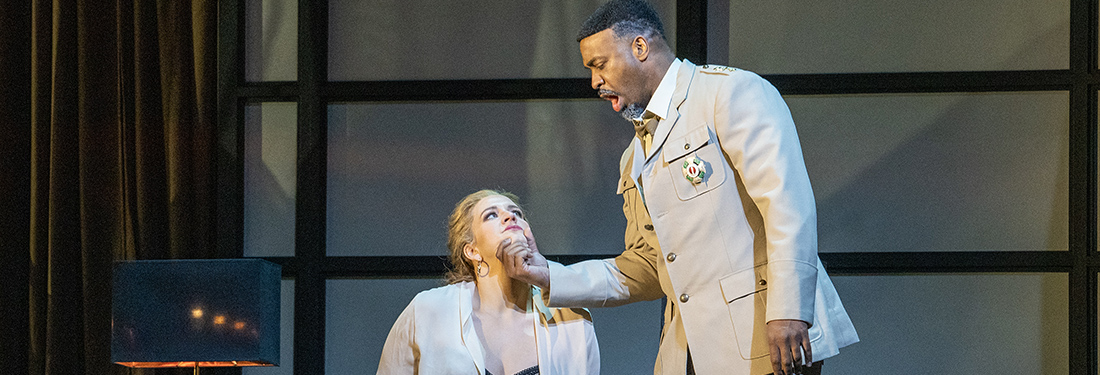



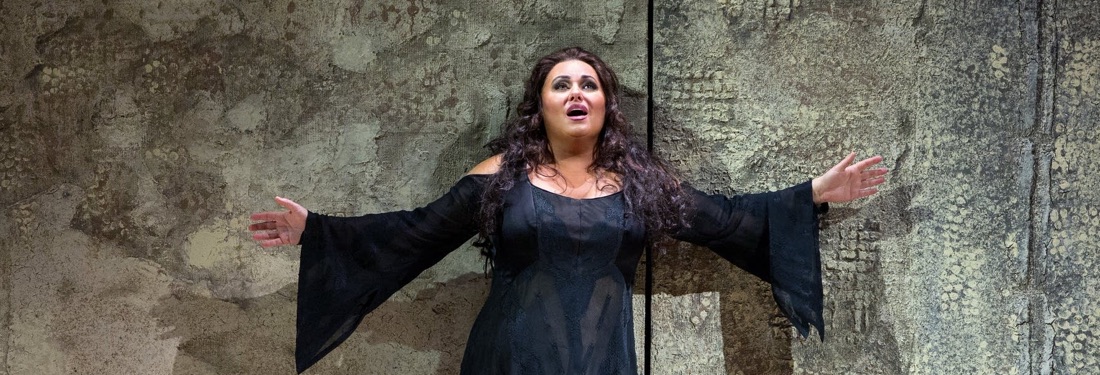
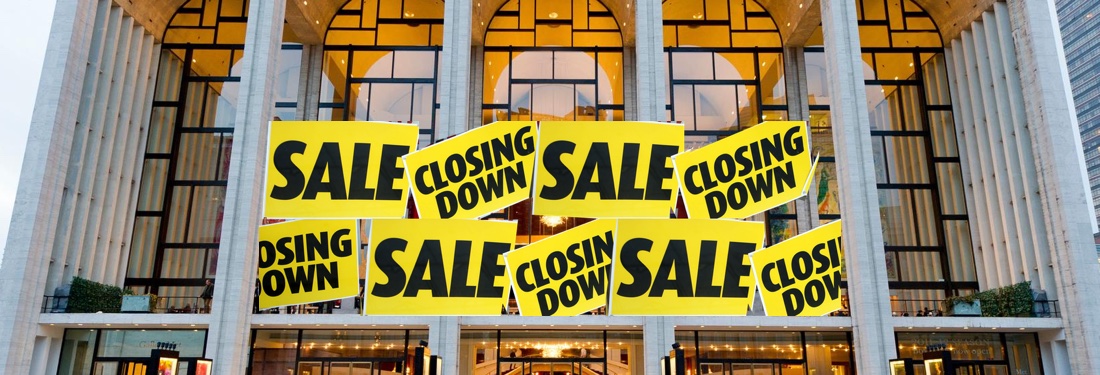
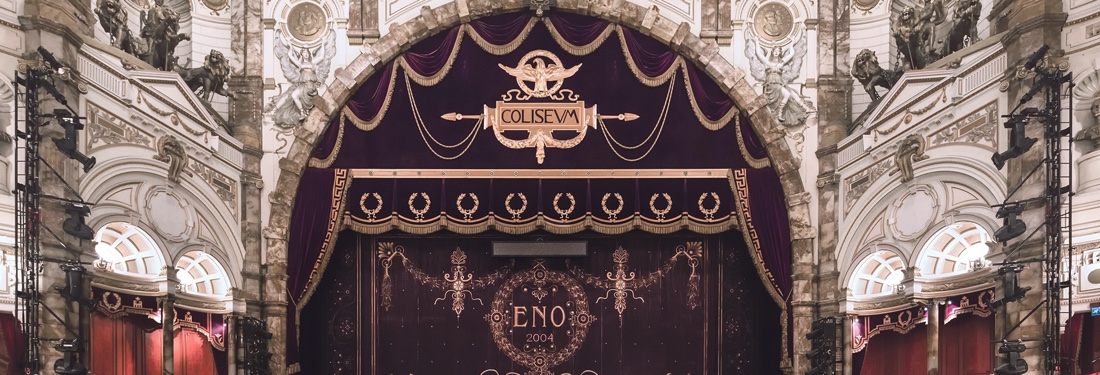
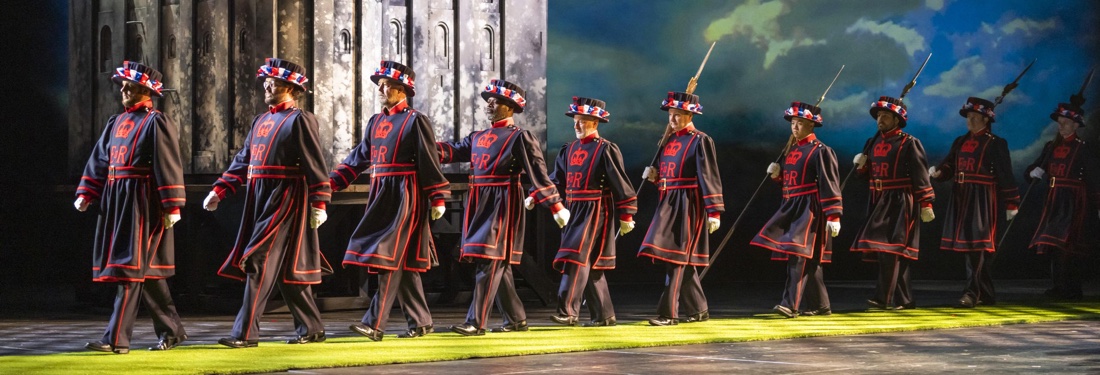


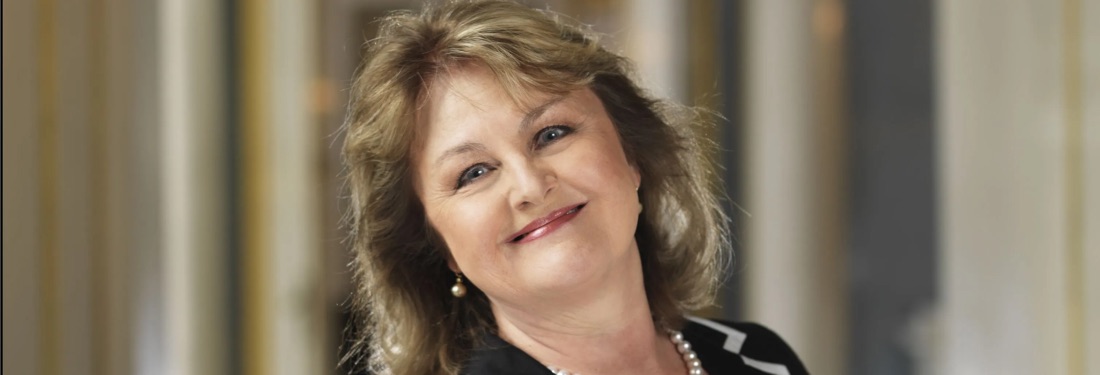
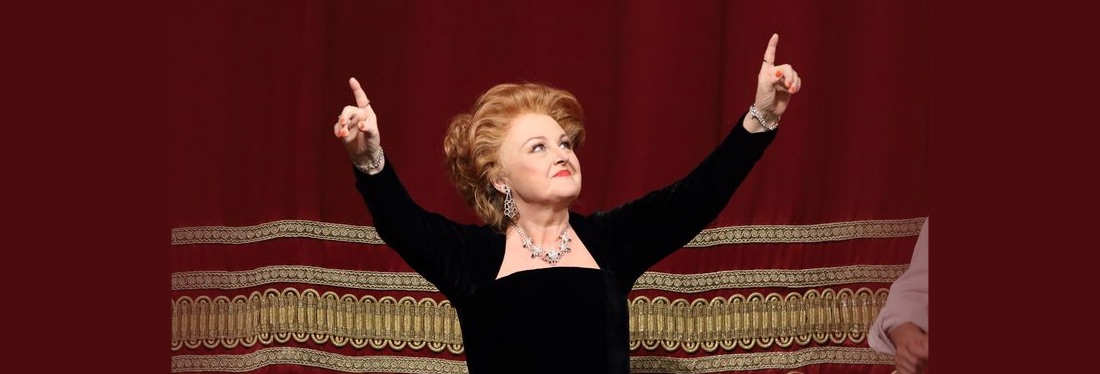












Comments